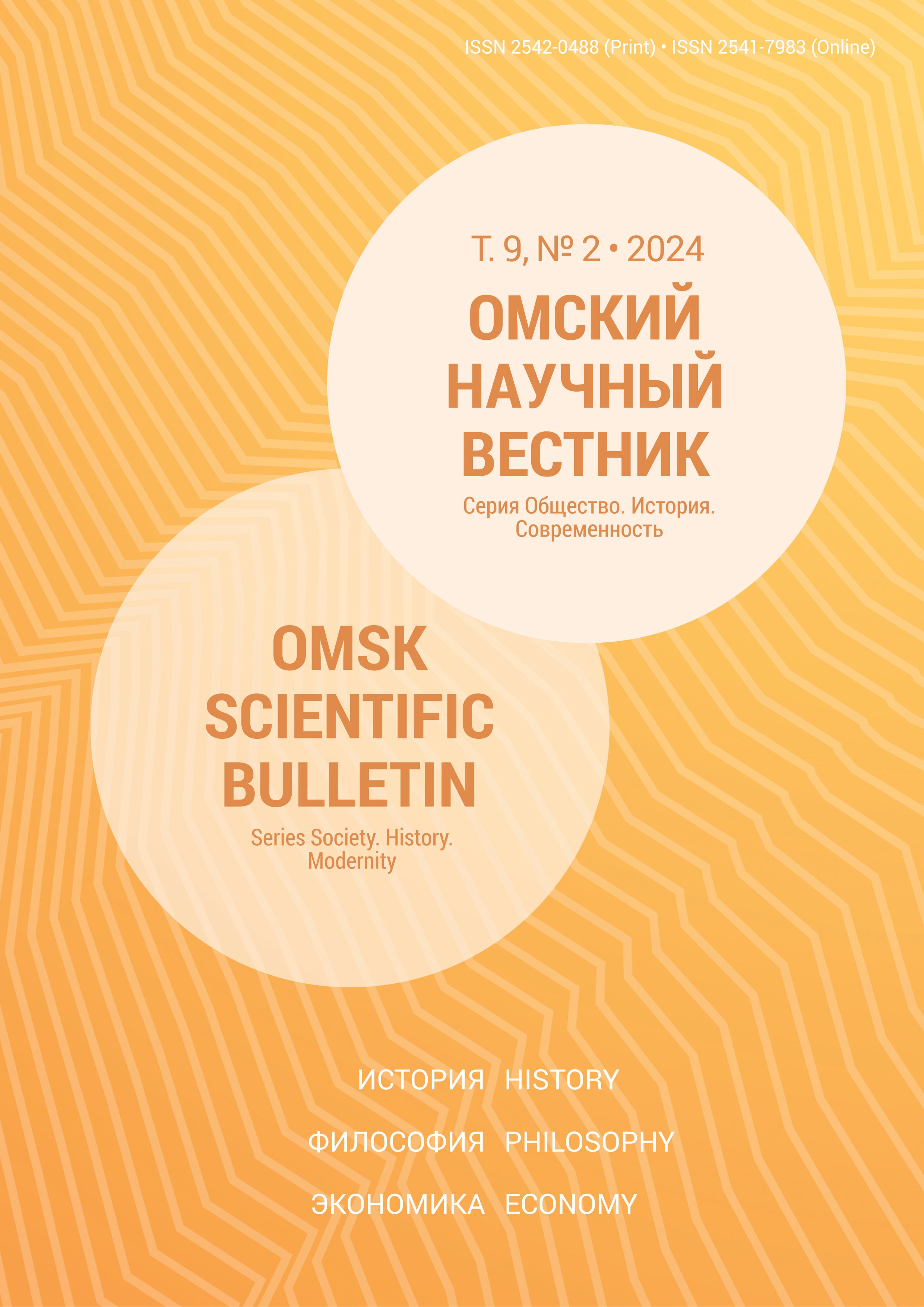The development of Russian federalism in the 1990s (on the example of the Omsk region)
DOI:
https://doi.org/10.25206/2542-0488-2024-9-2-42-49Keywords:
Russian federalism, regionalism, political struggle, «Red belt», national autonomy, economic reforms, Omsk region, L. K. PolezhaevAbstract
In the framework of the presented article, the author analyzes the process of management transformation in the Omsk region in the 1990s as the formation of federalism in the Russian Federation. Later, the author of the article plans to carry out similar work in relation to the Altai Territory and the Tyumen region. Based on the available scientific developments and introducing into circulation
a wide range of sources, the author of the work identifies the features of the development of federalism in the Omsk region within the framework of the system of socio-political and economic relations. Omsk region had serious industrial and agricultural potential, but also raw materials
problems, exacerbated by the transition to market relations. The local leadership put forward the idea of regionalization of economic reform, which required the presence of a strong authoritarian business executive in power. But the active privatization carried out by external forces led to rapid bankruptcy, which did not suit the local leadership, and the population is not satisfied with the
decline in living standards. In the Omsk region, this situation leads to increased support for left-wing parties.
As part of the national administrative construction, the Azov German National District was created in the Omsk region. The idea of creating the territorial autonomy of the Siberian Tatars, triggered by the process of privatization of the oil industry, was stopped by transferring it to owners living outside the Omsk region.
Downloads
Published
How to Cite
Issue
Section
License
Non-exclusive rights to the article are transferred to the journal in full accordance with the Creative Commons License BY-NC-SA 4.0 «Attribution-NonCommercial-ShareAlike 4.0 Worldwide License (CC BY-NC-SA 4.0»)




